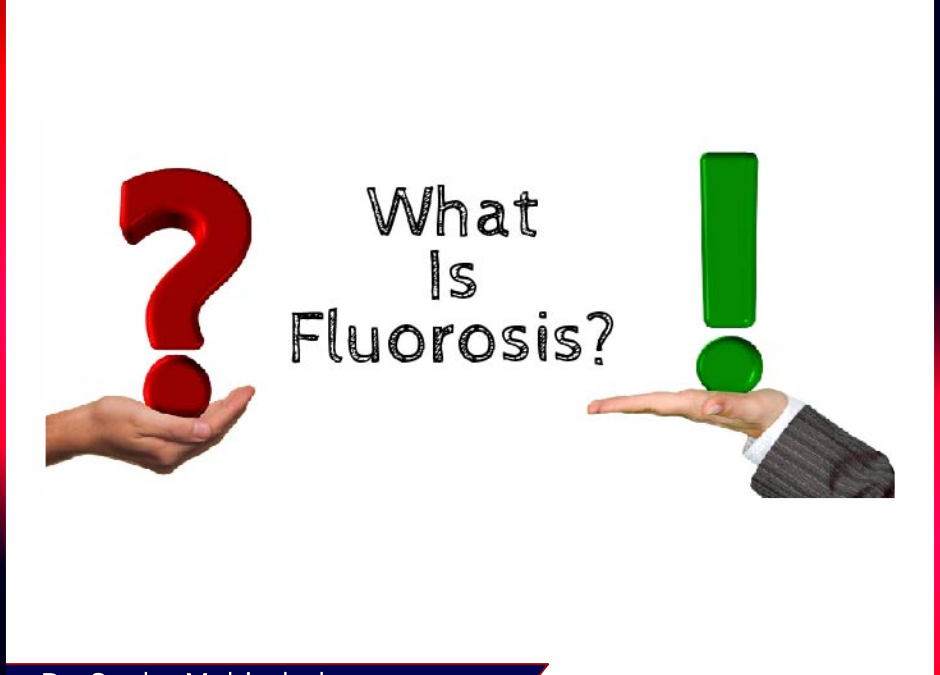
Complications of High Blood Pressure- We Heal Clinic
May 20, 2024
Asthma: Causes and Triggering Factors
May 31, 2024You may have heard the term “fluorosis” before in relation to your teeth, but you may not be sure what it is. Fluorosis is a general term for a condition caused by overexposure to high levels of fluoride during the first eight years of life. There are two types of fluorosis, and they have different symptoms and side effects. Here is a breakdown of the different kinds of fluorosis, the severity levels, and the symptoms associated with each.
SKELETAL FLUOROSIS
Skeletal fluorosis affects the bones and joints. It is caused by prolonged exposure to excessively high levels of fluoride. This can occur through inhalation of dust or fumes or digestion through drinking water or contaminated tea leaves. Several million people suffer from skeletal fluorosis worldwide, with the vast majority being in China and India. The side effects typically include symptoms of arthritis, osteoporosis, and chronic joint pain. Skeletal fluorosis is not common in the United States.
DENTAL FLUOROSIS
Dental fluorosis, on the other hand, is an extremely common cosmetic condition of the teeth. It is caused by exposure to high levels of fluoride during the first eight years of life, before the eruption of a child’s adult teeth. It affects nearly one in four Americans, with the overwhelming majority being mild cases. About 2% of cases are moderate, and less than 1% are severe. Dental fluorosis is not considered a disease and doesn’t impact your overall health, except in the most extreme cases.
WHAT ARE THE SYMPTOMS OF DENTAL FLUOROSIS?
- Mild: The most widespread form of fluorosis is also the least detectable. In mild cases, hypomineralization of the tooth enamel occurs, which simply means that the enamel has patches or lacework of opaque, bright white areas that don’t have the same luster as regular enamel. They can either be easily noticeable or be so faint that only a dentist is able to detect them.
- Moderate: In some cases, the teeth develop yellowish or brown stains, giving the teeth a dull or even translucent appearance.
- Severe: The rarest and most extreme type of fluorosis not only has severe staining, but also causes a number of pits or small holes to form in the surface of the teeth. Teeth with severe fluorosis are usually structurally weak and can even be poorly formed.
Fortunately, many dental fluorosis cases are more of an aesthetic consideration than a health concern, and there are no direct side effects of most instances of it. However, if you are experiencing discoloration to your teeth due to fluorosis or any other cause, you may be interested in cosmetic procedures to improve the appearance of your teeth.
Dr Sneha Mahindrakar | We Heal Clinic
Cosmetic dentistry offers veneers and professional whitening treatments to improve the look of stained or discolored teeth. If you are interested in learning more about cosmetic treatments for your teeth, contact us today to schedule a consultation.




